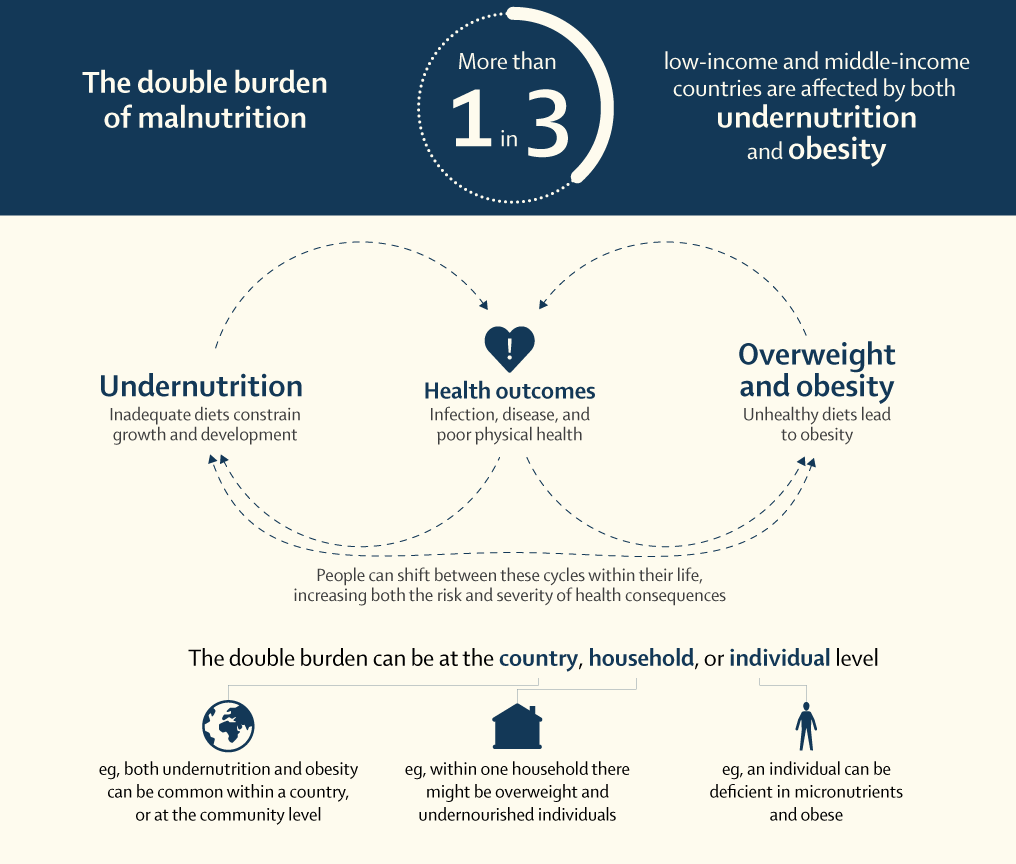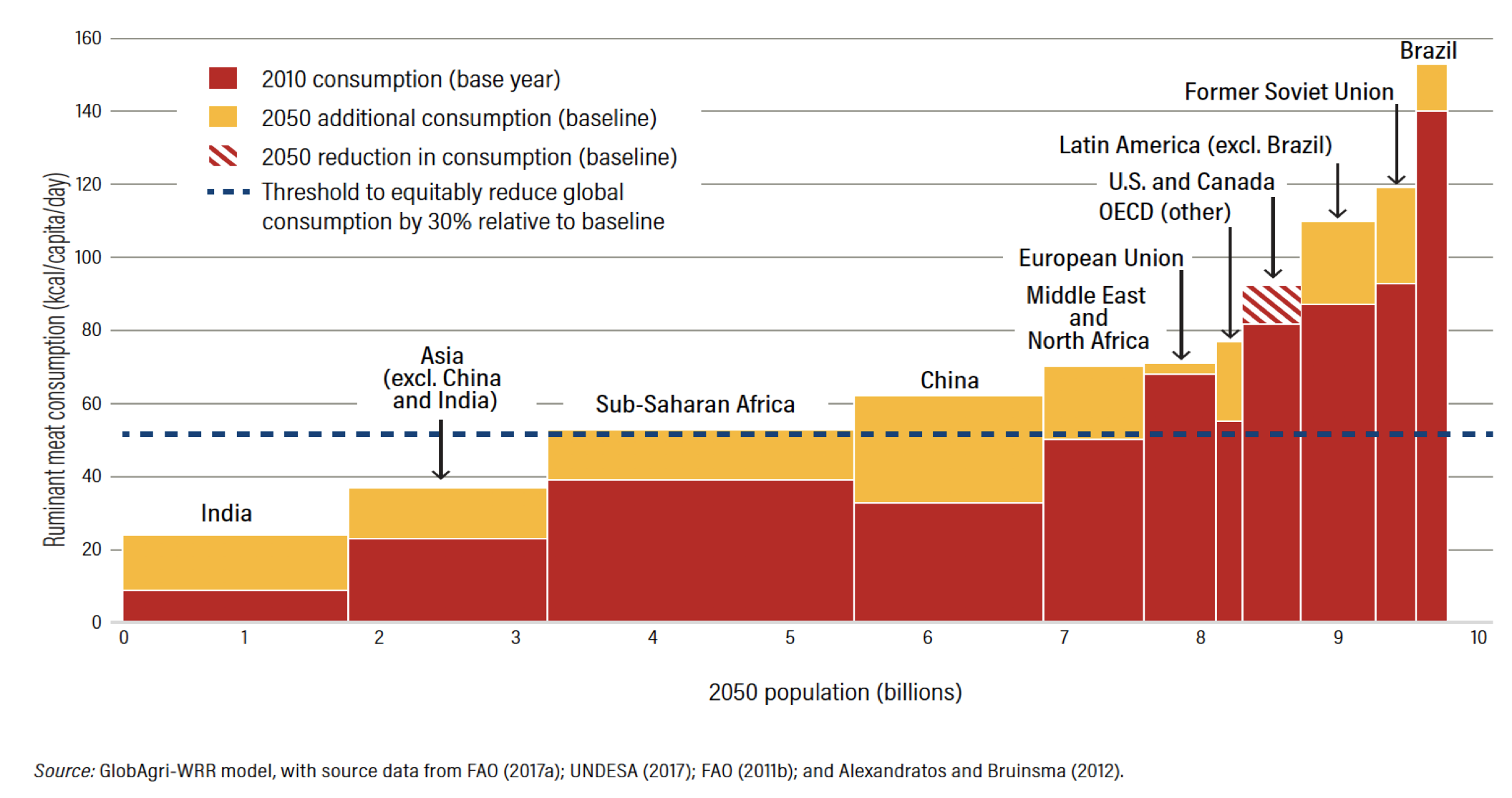Food Bytes is a weekly blog post of “nibbles” of information on all things food and nutrition science, policy and culture.
As much as we want to pretend all is normal, it is clearly not. We are in the middle of a global pandemic, with a massive amount of uncertainty, fear, and in some places, complacency. We will be posting another blog entry on the COVID crisis but for now, we will highlight, just a few emerging articles on the growing concern of food insecurity and the food supply, along with our regular updates on all things happening in the food space.
On COVID, we have never been in a situation like this before with talk of it reshaping the global order or social collapse or cohesion. So to predict how markets will continue to react to the future and the health of the global food supply is uncertain. Anyone who postulates how it will go is misleading us. Yes, of course, we can look in real-time on how households and communities are handling the crisis, and we can look to the past, on how other pandemics like the Spanish Flu, impacted food security and supplies. However, times are different. Food supplies are globalized. The population in 1918 was 1.6 billion. We are now at 7.5 billion.
Locusts in east africa (copyright: BBC News)
Rob Vos at IFPRI argues there is no major concern for food insecurity, yet. They came to this conclusion by looking at food prices of staple crops. Huh. As the Brookings Institution rightly pointed out, low-income seniors are already feeling the impacts. In the U.S., with roughly 15% of households being food insecure, some are concerned about their ability to feed themselves in the coming months. A WaPo article quoted: “If coronavirus doesn’t get us, starvation will.” Then there is Africa. Food insecurity and stark hunger could worsen in an already fragile context. East Africa is also reeling from an invasion of locusts which don’t help the already burgeoning food insecurity in the region. This video is pretty insane if you want to see the locust infestation.
The EAT-Lancet Commission report follow ons just keep coming. Did you know that the report has already been cited 790 times since its publication in January 2019? Insane! A few interesting articles are emerging that again test the validity of the Commission’s findings.
The water footprint (blue and green water) of different nut types (shelled) as well as some other food products for comparison, in litre/kg and litre per g of protein. (Vanham et al 2020)
One article published by the LIvestock Innovation Lab at the University of Florida shows the importance of animal source foods and explains that raising livestock and eating animal source foods can be compatible with sustainable development.
Another article questioned the recommendation in the report to increase nut consumption. The article dissects the water intensity issues in producing trees and ground nuts especially in India, China, Pakistan, the Middle East, Mediterranean, and the U.S. Check out cashews in the figure!!
A publication in the Journal of Nutrition argued that the mortality reduction effect of the EAT-Lancet proposed diet in the USA is no greater than the impact of energy consumption changes that would prevent under-weight, over-weight, and obesity alone, calling into question its findings. Authors are funded by the National Cattlemen's Beef Association…
Pedro Sanchez, one of the world’s experts on tropical soils and a World Food Prize winner wrote a piece about the land needed to grow the Lancet-EAT diet was oversimplified. He provided some alternative calculations. He argues that current total world food production is estimated at 9.30 billion metric tons of crops and animal-sourced foods, with crops grown in 1.27 billion hectares of land. Implementation of the EAT-Lancet diet for 10 billion people by 2050 would require a lot less, 5.39 billion metric tons of food in 1.10 billion hectares of cropland, assuming no increase in crop yields.
Pedro’s paper was part of a special issue in Food Policy in the Food Policy journal initiated by Editor in Chief Chris Barrett. The issue is about the evolution of the Consultative Group on International Agricultural Research (CGIAR), and the international agricultural research centers (IARCs) that comprise the CGIAR System. Over the past two decades, the CGIAR has undergone a series of reforms with the latest reform being termed “One CGIAR”. Maybe they should take a lesson from the UN and find out how the One UN worked out…The special issue is out and is meant to “help inform a research strategy for the new One CGIAR.”
Robotics, AI, nano. Will these technologies transform the food system, and eliminate the “human” element from agriculture work? Yet to be seen. This article in the Economist discusses agricultural robots. And they have names: Tom, Dick, and Harry.
In the world of nutrition, meat will remain a controversial topic that is heating up. Nutrition is always accused of having serious conflicts of interest - who pays for the research? Who is biased? Who is paid off? JAMA and Scientific American highlights the controversy with meat-funded research and plant-funded research - and the “bullying” by both sides. Katz responds here. The livestock industry responds here. This debate has left consumers confused, and lacking any trust in science. A few other tidbits on meat. This NYT opinion piece by Alicia Wittmeyer argues that to stop eating meat, can alienate us from our traditions. Meanwhile, the EU is considering a tax on meat.
Speaking of diets, with 2.1 billion overweight and obese adults, and half of the U.S. facing obesity, we need some new strategies. Intermittent fasting seems to be all the rage these days as the best way to lose weight and keep it off. A review in JAMA highlights the evidence, and NYT provided some guidance. We tried it. It is not so hard. Just eat between the hours of noon and 8 pm. Thereafter, no calories should be consumed in solid or liquid forms.
Changes in purchases of high-in beverages, by education level of household head (Tallie Smith et al 2020)
Diet quality matters too. Bee Wilson, an amazing writer of food and its history, wrote a long piece in the Guardian on the contributions of ultra-processed foods on the global obesity crisis. These foods are cheap, attractive and convenient, and we eat them every day. But they are also riddled with sugar, salt, and unhealthy fats. This article is worth the read. Some countries are worried. Take Chile. They instituted a Food Labelling and Advertising which put warning labels on the front of food packages if the food was high in sugar, high in salt or high in fat. Sugary drinks, unhealthy snacks, and packaged foods must carry the front-of-pack labels. These foods are also regulated. These foods cannot be marketed or sold in schools or on TV. Has it worked? Yup. Sales of these foods are down 23%. In college-educated consumers, as you can see in the figure, purchases were done 29%!







